10 Best Herbal Baths For Flu

Herbal baths can be a soothing and effective complementary therapy for alleviating flu symptoms by promoting relaxation and easing muscle aches.
Certain herbs such as eucalyptus, lavender, and chamomile are commonly used in these baths due to their antiviral, anti-inflammatory, and calming properties. Soaking in a warm herbal bath helps to open up the nasal passages, reduce congestion, and improve circulation, which can support the body's natural healing process. It is often recommended to add a few drops of essential oils or a handful of dried herbs to warm water for optimal benefits.
While herbal baths should not replace medical treatment for the flu, they can provide comfort and relief alongside conventional care.
FREE Herb Drying Checklist
How to make sure every batch retains maximum flavor, color, and aroma without the risk of mold or over-drying. Eliminate guesswork and trial-and-error, making herb drying faster, easier, and more efficient every time.
Table of Contents
1. Rosmarinus officinalis
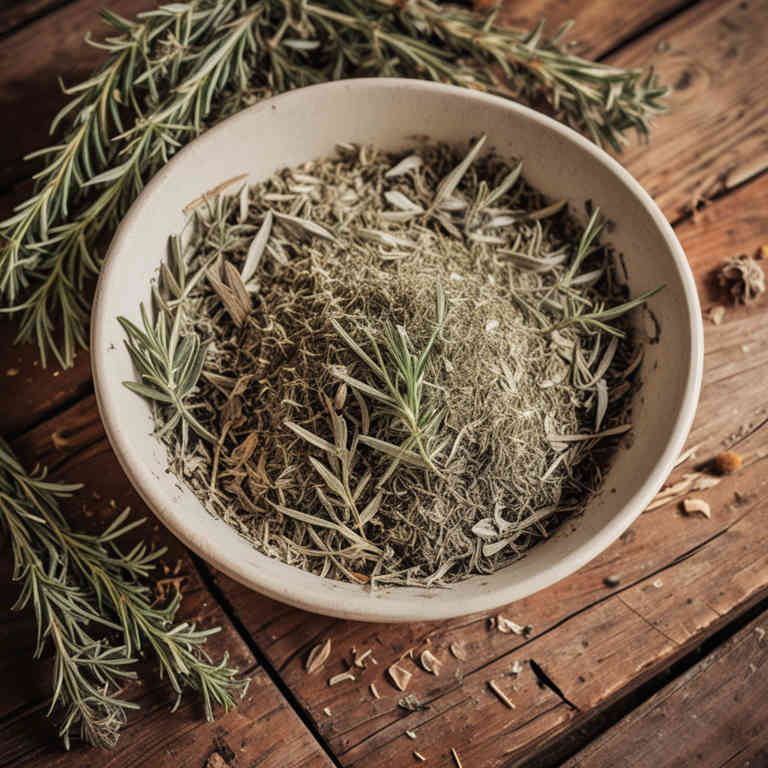
Rosmarinus officinalis, commonly known as rosemary, has been traditionally used in herbal baths to support the body's natural defenses against the flu.
The essential oils derived from rosemary leaves contain compounds like cineole and camphor, which possess antimicrobial and anti-inflammatory properties that may help alleviate flu symptoms. When used in a warm bath, rosemary can promote relaxation, ease muscle aches, and improve circulation, aiding in the body's recovery process. Its aromatic properties also have a calming effect, reducing stress and enhancing overall well-being during illness.
While herbal baths can complement conventional treatments, they should not replace medical advice, especially for severe flu symptoms.
2. Thymus vulgaris
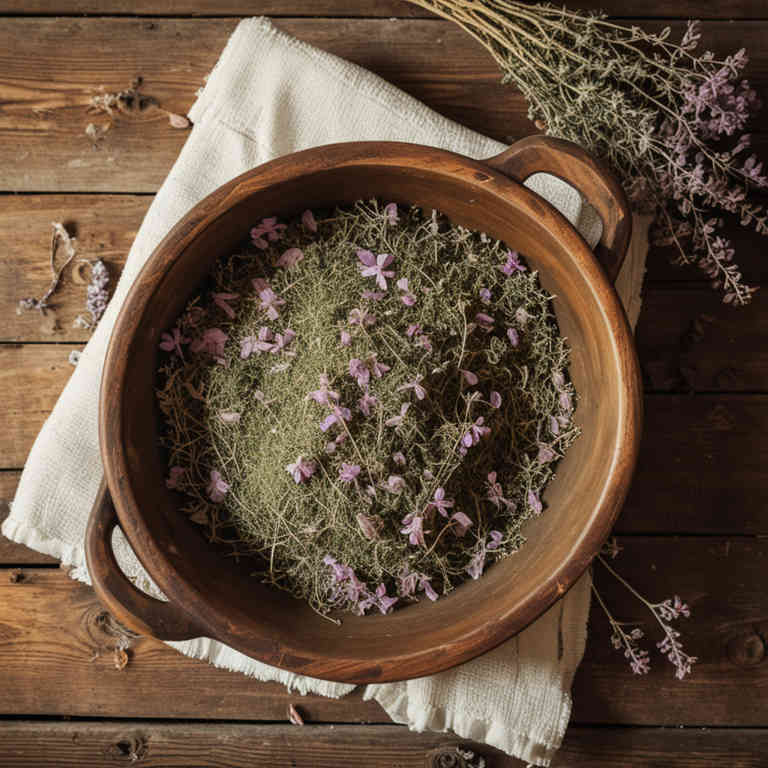
Thymus vulgaris, commonly known as thyme, has been traditionally used in herbal baths to alleviate symptoms of the flu due to its antimicrobial and antiviral properties.
When infused into bath water, thyme essential oil or dried thyme leaves can help reduce congestion, soothe sore muscles, and promote respiratory relief. The warm water combined with thyme's aromatic compounds can also help open up airways and ease breathing in individuals suffering from flu-related coughing or chest tightness. Additionally, the calming effects of the bath may contribute to overall relaxation and support the body's natural healing process.
While thyme baths are not a cure for the flu, they can serve as a complementary remedy to ease discomfort and boost immunity during illness.
3. Mentha piperita
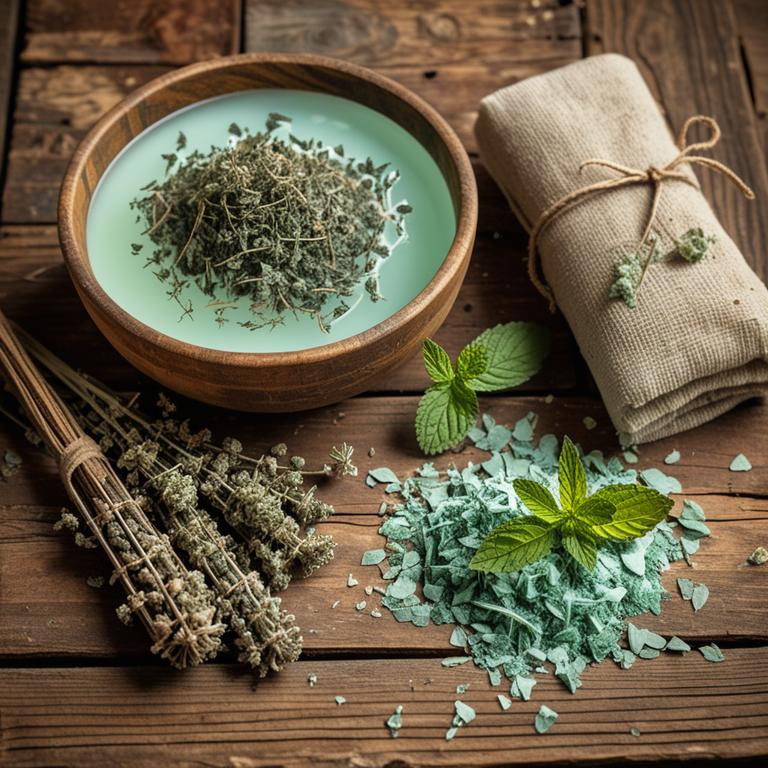
Mentha piperita, commonly known as peppermint, is often used in herbal baths to help alleviate flu symptoms due to its soothing and cooling properties.
When added to warm water, peppermint essential oil or fresh leaves can help ease muscle aches, reduce fever, and promote relaxation, which is beneficial during a flu episode. The aromatic compounds in peppermint stimulate the senses and may help clear nasal passages, making it easier to breathe. Additionally, the invigorating scent of peppermint can uplift mood and reduce feelings of fatigue associated with the flu.
However, it is important to use peppermint in moderation and consult a healthcare professional, especially for children or individuals with sensitive skin or conditions like asthma.
4. Salvia officinalis

Salvia officinalis, commonly known as sage, has been traditionally used in herbal baths to support the body's natural defenses against the flu.
The essential oils and phytochemicals in sage leaves, such as thujone and flavonoids, possess antimicrobial and anti-inflammatory properties that may help reduce symptoms of respiratory infections. When infused into bath water, sage can promote relaxation and ease congestion, providing both physical and emotional relief. A sage-infused bath can also help detoxify the skin and improve circulation, supporting overall immune function.
While it is not a substitute for medical treatment, incorporating sage into a warm bath may be a soothing complementary therapy during a flu episode.
5. Camellia sinensis
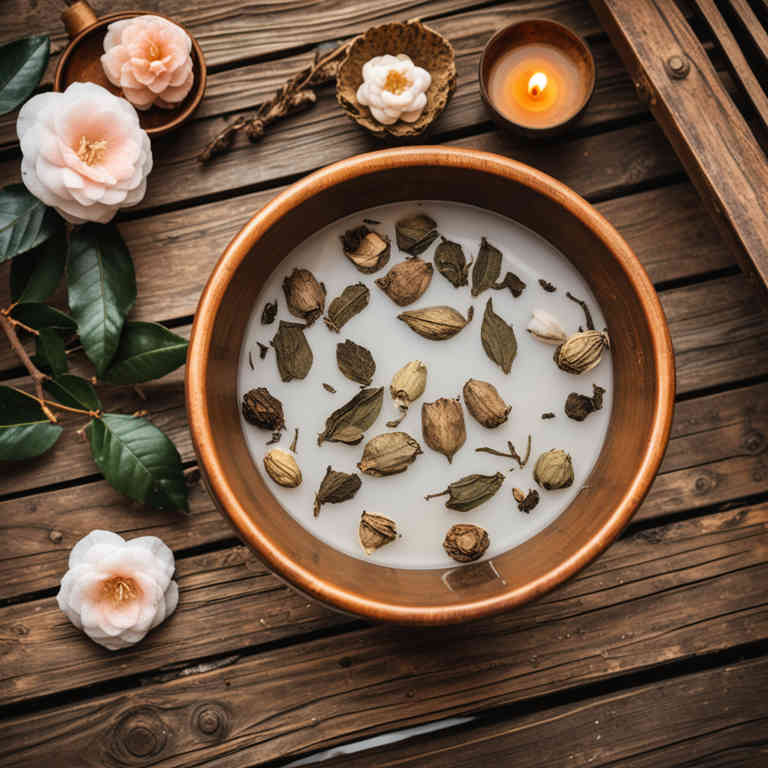
Camellia sinensis, commonly known as the tea plant, is the source of various herbal baths that are believed to offer therapeutic benefits, including relief from flu symptoms.
These baths typically involve infusing camellia sinensis leaves or extracts into water to create a soothing and aromatic soak. The compounds in camellia sinensis, such as polyphenols and caffeine, may help reduce inflammation and support the immune system, which can be beneficial during a flu outbreak. Herbal baths made from camellia sinensis are often used to alleviate congestion, ease muscle aches, and promote relaxation, which can aid in recovery.
While they are not a substitute for medical treatment, they can serve as a complementary approach to support overall wellness during a flu infection.
6. Eucalyptus globulus
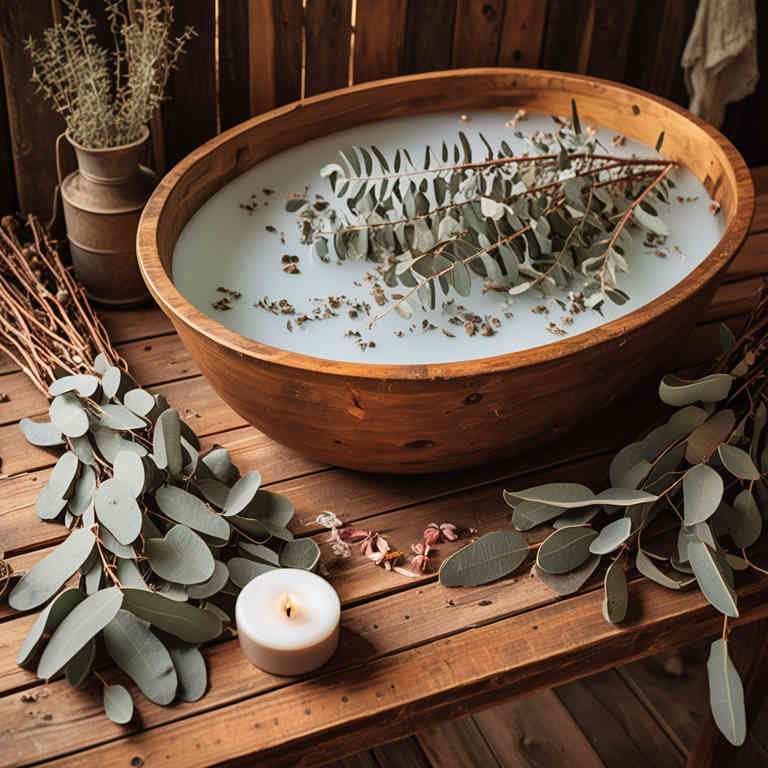
Eucalyptus globulus, commonly known as Australian tea tree, is often used in herbal baths to alleviate symptoms of the flu.
The essential oil of eucalyptus globulus contains compounds like cineol and terpinen-4-ol, which have antimicrobial and anti-inflammatory properties. When added to warm water in a bath, the steam from the water helps to open up the airways and ease respiratory congestion. This practice can also promote relaxation and reduce fever associated with flu symptoms.
However, it is important to dilute the essential oil properly to avoid skin irritation and consult a healthcare provider if symptoms persist or worsen.
7. Zingiber officinale
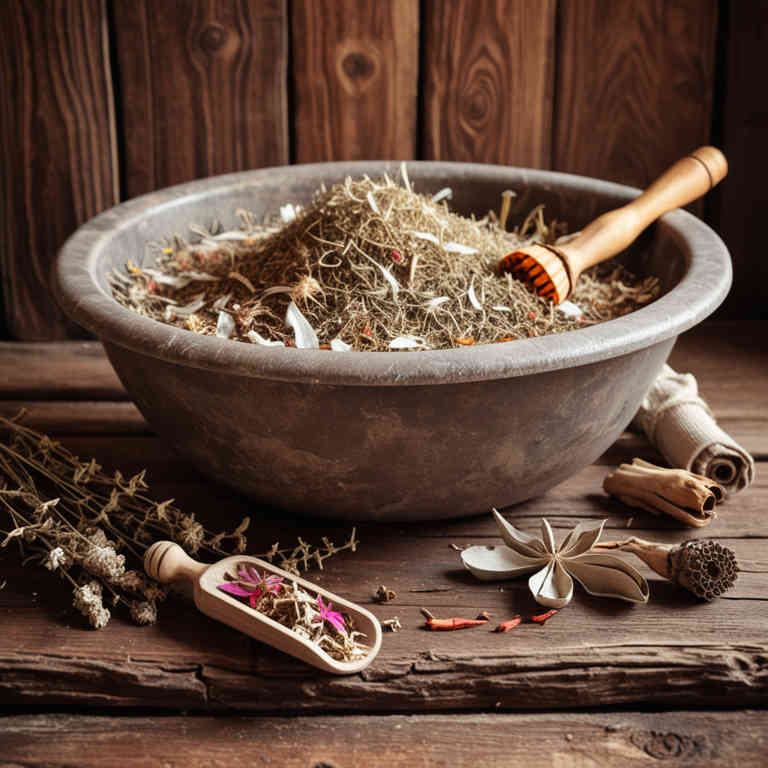
Zingiber officinale, commonly known as ginger, has been traditionally used in herbal baths to alleviate flu symptoms due to its warming properties and anti-inflammatory effects.
When infused into bath water, ginger can help relax muscles, reduce fever, and ease congestion, providing relief from the discomfort of the flu. The aromatic compounds in ginger also promote relaxation and improve circulation, supporting the body's natural healing processes. A ginger herbal bath is a natural, soothing alternative to pharmaceutical treatments, offering comfort without harsh side effects.
Regular use of such baths can complement other flu remedies and contribute to a more rapid recovery.
8. Urtica dioica

Urtica dioica, commonly known as stinging nettle, has been traditionally used in herbal baths to support the body's healing process during a flu infection.
The leaves of this plant contain anti-inflammatory and antiviral properties that may help reduce fever and alleviate respiratory congestion when infused into bath water. Soaking in a nettle bath can promote relaxation, ease muscle aches, and support the immune system by encouraging sweating and detoxification. To prepare the bath, fresh or dried nettle leaves are steeped in hot water and then added to warm bath water, ensuring the temperature is comfortable to avoid skin irritation.
While herbal baths can complement flu treatment, they should not replace medical advice, and individuals with allergies or skin sensitivities should exercise caution.
9. Echinacea purpurea

Echinacea purpurea, commonly known as purple coneflower, is a popular herbal remedy often used to support immune health, particularly during the flu season.
When used in herbal baths, echinacea can help soothe symptoms and promote relaxation, potentially enhancing the body's natural defenses. To prepare an echinacea bath, the dried herb is typically steeped in hot water to create a potent infusion, which is then added to warm bath water. The anti-inflammatory and antioxidant properties of echinacea may help reduce congestion and ease muscle aches associated with the flu.
While herbal baths can be a complementary therapy, they should not replace medical treatment for severe flu symptoms.
10. Cinnamomum verum
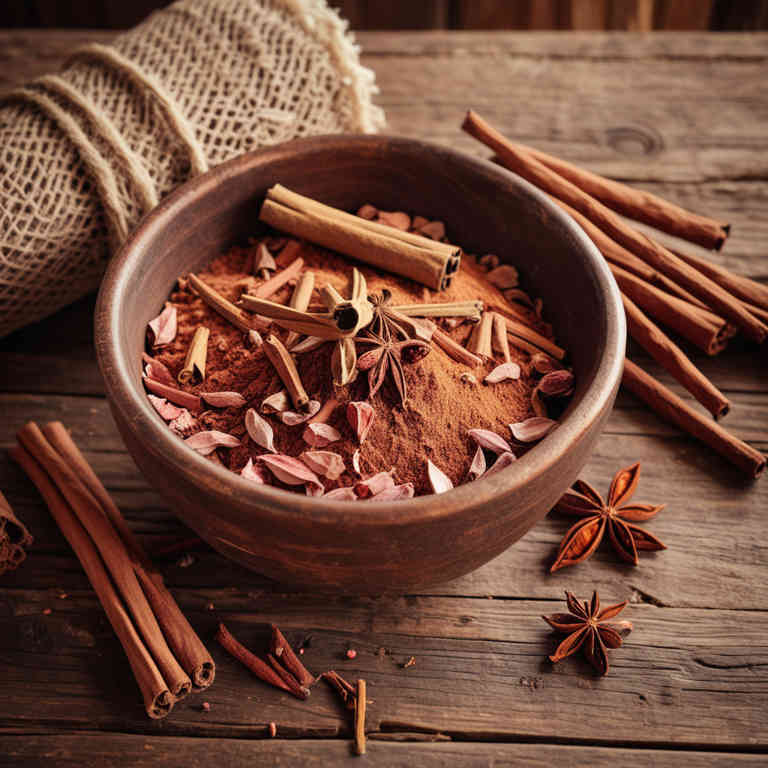
Cinnamomum verum, also known as true cinnamon, has been traditionally used in herbal baths to help alleviate symptoms of the flu.
The warm infusion of cinnamon bark in bathwater is believed to promote relaxation and ease muscle aches, which are common during illness. The aromatic properties of cinnamon may also help to clear nasal passages and improve respiratory comfort. Additionally, the antimicrobial and anti-inflammatory compounds in cinnamon can support the body's natural healing process.
While herbal baths should not replace medical treatment, they can serve as a complementary remedy to enhance comfort during a flu episode.